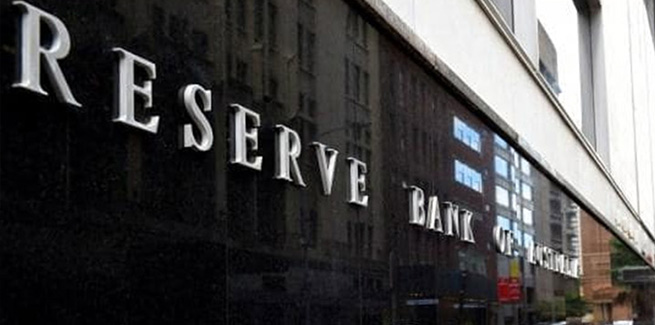The Reserve Bank of Australia (RBA) has released the minutes of its monetary policy meeting, in which it has reiterated that the board would remain committed to maintaining highly supportive monetary conditions to achieve a return to full employment and inflation within the target range.
It also stated that it would not increase the cash rate until actual inflation is sustainably within the 2 to 3 per cent target range, which would not be met before 2024 under the central scenario for the economy.
In recent media reports, Westpac chief economist Bill Evans called for federal Treasurer Josh Frydenberg to broaden the RBA’s inflation target to the 1 to 3 per cent range to reduce the risk of a property bubble and align the RBA’s inflation mandate with other central banks.
However, the RBA has not indicated that it would shift from the current inflation target range, adding that meeting this condition would require the labour market to be tight enough to generate considerably higher wages growth than current levels.
The RBA’s global counterparts such as the Bank of Korea and Norges Bank had already increased their policy rates, while market pricing was implying that the Reserve Bank of New Zealand could increase the rate in the coming days.
Nevertheless, members of the RBA board agreed that less accommodative monetary policy would, “all else equal”, lead to lower house prices and credit growth. However, they added that it would result in fewer jobs and lower wages growth, which would delay meeting the goals of monetary policy – that is, full employment and inflation sustainably within the target range.
As housing prices and credit growth continue to rise strongly in an environment of historically low interest rates (with strong demand for credit by both owner-occupiers and investors), board members continued to emphasise the importance of maintaining lending standards.
They also agreed that loan serviceability buffers were appropriate, in line with the Australian Prudential Regulation Authority’s (APRA) recent moves to increase the minimum interest buffer it expects banks to use when assessing the serviceability of home loan applications.
In a letter to authorised deposit-taking institutions (ADIs), APRA said it expects them to assess new borrowers’ ability to meet their loan repayments at an interest rate that is at least 3.0 percentage points above the loan product rate, up from 2.5 percentage points commonly used by ADIs.
The RBA governor Philip Lowe had previously signalled that regulators would be looking to maintain serviceability buffers and lending standards at an “appropriate level”.
Following APRA’s announcement, some in the housing industry expressed concern that the policy change would have a disproportionate impact on first home buyers (who are typically more constrained by serviceability thresholds), while economists predicted that more tightening was on the horizon.
However, Connective executive director Mark Haron said the policy change would not have a significant impact on first home buyers because serviceability is not an issue for them as much as saving the deposit and stamp duty costs.
In the minutes of their policy meeting, the RBA members observed that national housing market conditions have continued to remain strong and established housing prices have continued to rise rapidly.
“In Sydney, where private property inspections had been permitted, the volume of transactions remained relatively high,” they said.
“Meanwhile, in Melbourne, new listings and transaction volumes had declined significantly following the imposition of tighter restrictions on in-person inspections.”
Approvals for new dwellings and alterations and additions had remained high across Australia despite the end of the HomeBuilder application period, they said.
“This was supporting the large pipeline of residential construction activity, which was expected to support dwelling investment over the following year despite some delays from disruptions in the September quarter,” they added.
[Related: Make RBA overlook housing stability: UNSW]
 ;
;
